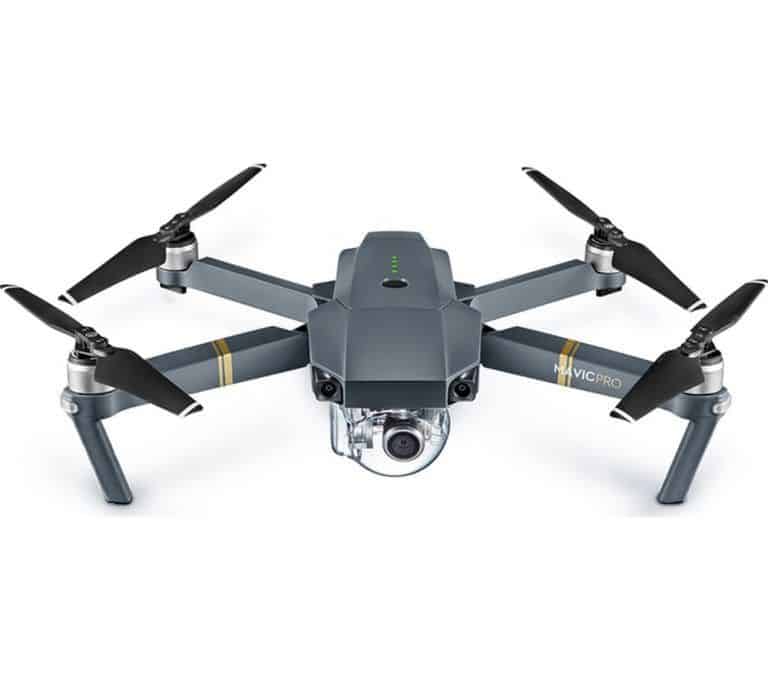Understanding What Security Automation System Really Stands For?

The topic of security automation has always been a subject of debate among many experts, but the understanding of what it actually is becomes unclear every day.
Many articles have been released in the past year, which either state the sole function of security automation to be threat detection, or threat intelligence component, and one article plainly stated that it was the automation of cybersecurity controls, which was not only vague, but absurd as well.

As a matter of fact, the entire concept of Security automation system goes well beyond the technologies of prevention and detection, more aptly reaching out to other IT infrastructure components of great importance, that help to protect organizations in a much more reliable manner.
So let us now take a look at the four prime IT elements that primarily have to be dealt with security automation systems. Read on to find out more.
Alert Prioritization and Monitoring
Many IT experts view the entire concept of security automation through the viewpoint of prioritizing and monitoring alerts pertaining to threat analysis. In earlier times, the task of alert prioritization and monitoring was done completely manually, which used to be quite tiring and tedious.
An analysis team working at a security operations centre usually had to compile each and every available alert and stare at computer monitors throughout the day for the purpose of determining the important data points.
But nowadays, this system of alert prioritization and monitoring can be automated, and the processes of doing so vary in terms of sophistication and efficiency.
Execution of Policies
As technology improves and advances, networks grow more complex every day, which makes the manual management of associated security policies quite impossible and difficult. In such a case, policy execution automation plays a great role by automating administrative work usually done by IT security personnel.
There are quite a few vendors out there who offer tools that help in the automation of network security policies management, which helps every business owner to easily meet regulatory or internal security requirements of all sorts.
Some vendors also offer expert automated services for a variety of administrative tasks like user lifecycle management and offboarding / onboarding. When a business goes for automating user access, deprovisioning and provisioning, the IT team gets a great boost as they gain a far better control over costs, time and data.
Proper investigation, followed by action and suitable remediation
If a business goes for automation of activities like investigation, action and remediation of any and every cyber threat, it makes it a point to utilize certain specific technologies aimed at helping in the performance of tasks to be done by an expert cyber analyst.
In all actuality, various other security automation elements, including policies, prioritization and planning, work together towards the goal of quick detection of cyber threats, and quick remedy of the threat posed by them before any operations of the business are impacted.
So, after reading the above points, one must get a clear idea about what security automation systems really are.



